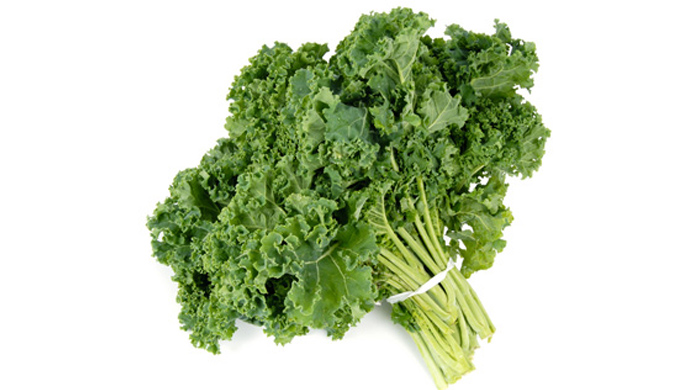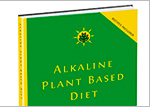Kale Nutrition Facts – A Superior Green
Kale Nutrition Facts

Kale Nutrition Facts: Percent Daily Values (%DV) are for adults or children aged 4 or older, and are based on a 2,000 calorie reference diet. Your daily values may be higher or lower based on your individual needs.
Values are based on 1 cup of raw chopped kale leaves:
Kale Nutrition Facts: Macronutrients
| Nutrient | Amount | %DV | |
| Calories/Energy | 33 kcal | 1% | |
| Total Carbohydrates | 7 g | 2% | |
| Dietary Fiber | 1 g | 5% | |
| Sugars | |||
| Total Fat | 0.5 g | 1% | |
| Monounsaturated fat | 0.1 g | ||
| Polyunsaturated fat | 0 g | ||
| Saturated fat | 0.1 g | ||
| Protein | 2g | ||
| Cholesterol | 0mg | 0% |
Kale Nutrition Facts: Vitamins
| Nutrient | Amount | %DV | |
| Vitamin A | 10302 IU | 206% | |
| Vitamin B1 (Thiamin) | 0.1 mg | 5% | |
| Vitamin B2 (Riboflavin) | 0.1 mg | 5% | |
| Vitamin B3 (Niacin) | 0.7 mg | 3% | |
| Vitamin B6 | 0.2 mg | 10% | |
| Vitamin B9 (Folate) | 19.4 mcg | 9% | |
| Vitamin B12 | 0.0 mcg | 0% | |
| Vitamin C | 80.4 mg | 134% | |
| Vitamin D | ~ | ~ | |
| Vitamin E | ~ | ~ | |
| Vitamin K | 547 mcg | 684% |
Kale Nutrition Facts: Minerals
| Nutrient | Amount | %DV | |
| Calcium | 90.5 mg | 22% | |
| Iron | 1.1 mg | 6% | |
| Magnesium | 22.8mg | 6% | |
| Phosphorus | 37.5 mg | 4% | |
| Potassium | 299 mg | 9% | |
| Sodium | 20.8mg | 1% | |
| Zinc | 0.3mg | 2% | |
| Copper | 0.2mg | 10% | |
| Manganese | 0.5mg | 26% | |
| Selenium | 0.6mcg | 1% |
Values based on USDA SR-26 Kale, Raw, Dietary Reference Intakes (DRIs), and are given without warranty, and are not intended to replace the advice of a nutritionist or health-care professional.
Kale Nutrition Facts
Kale does not contain cholesterol and is an extraordinary source of vitamin A, vitamin C, and vitamin K. It is because of the high concentration of these vitamins that kale has earned the name the queen of greens.
Kale is also a good source of vitamin B6, calcium, iron, magnesium, potassium, cooper, manganese, and also contains smaller amounts of other vitamins and minerals.
Kale contains good amounts of the electrolytes calcium, potassium, phosphorous, and magnesium that help support normal muscle function and electrical activity in the muscles and nervous system.
The balance of calcium, potassium, phosphorous, and magnesium also supports bone health.
Kale is definitely the queen of greens, but we must not forget the king who stands next to her. Amaranth greens is the king of greens and the king of greens and the queens of greens are a good compliment to each other.
Both kale and amaranth greens (callaloo) are part of my plant based diet and they both support my healthy living.
Enjoy a kale salad recipe
Tags: kale nutrition facts






